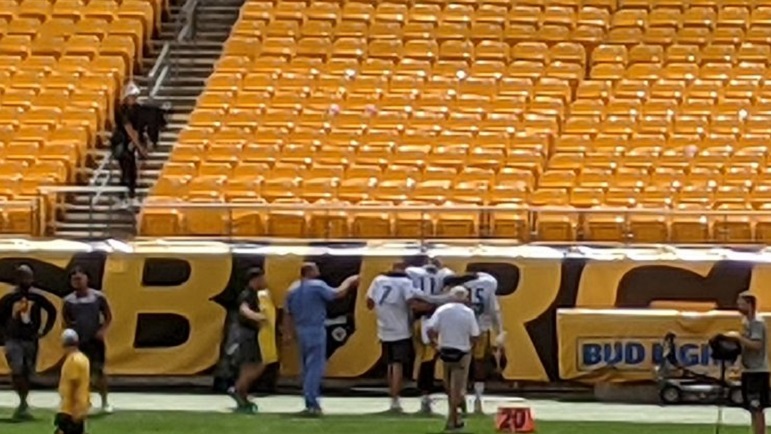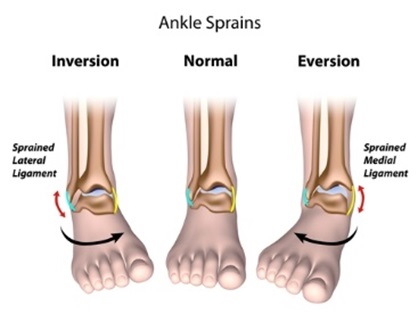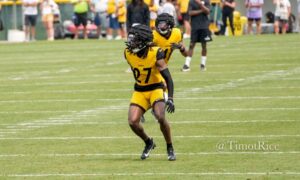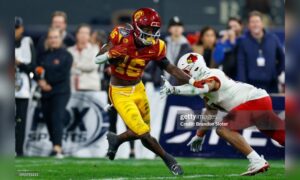When you’re a fan of the Pittsburgh Steelers, even training camp can be an emotional roller coaster. All of twitter collectively held its breath on Tuesday when it was reported that second year WR Chase Claypool went down hard and remained down for a bit and was then helped off the field by his QB Ben Roethlisberger and TE Eric Ebron, unable to put any weight on it. Shortly after that, ESPN’s Brooke Pryor corrected that report, stating that Claypool had put a little weight on the injured leg.
We didn’t have to suffer for too long, thanks to tweets from Mike Garofalo, Adam Schefter and Gerry Dulac:
And we all had a giant sigh of relief.
I’m sure Claypool is headed for an MRI which will give the team doctors and trainers more information about the injury. Mild ankle sprain is a fairly generic term, so let’s take a quick look at what that means while we wait for updates from HC Tomlin.
Quick ankle anatomy:
From my friends at the American Academy of Orthopedic Surgeons:
- Ligaments are strong, fibrous tissues that connect bones to other bones. The ligaments in the ankle help to keep the bones in proper position and stabilize the joint.
- Most sprained ankles occur in the lateral ligaments on the outside of the ankle. Sprains can range from tiny tears in the fibers that make up the ligament to complete tears through the tissue.
- If there is a complete tear of the ligaments, the ankle may become unstable after the initial injury phase passes. Over time, this instability can result in damage to the bones and cartilage of the ankle joint.
A twisting force to the ankle, common is sports like football that require cutting when running, can cause a tear of one or more ligaments. The lateral ligaments are more commonly injured.
A mild ankle sprain is termed a Grade 1 ankle sprain (of a possible 3) and means:
- Slight stretching and microscopic tearing of the ligament fibers
- Mild tenderness and swelling around the ankle
The initial treatment is the usual: RICE (rest, ice, compression and elevation). If Claypool isn’t in a boot tomorrow, we can assume it’s a Grade 1 sprain and nothing worse. In that case, typical recovery time is a week or two, which is a lot faster than the dreaded high ankle sprain (which can sideline a player for up to 8 weeks).
All in all, this was a best case scenario for Chase Claypool’s injury status and he should be back and ready to rock before the Week 1 trip to Buffalo.










